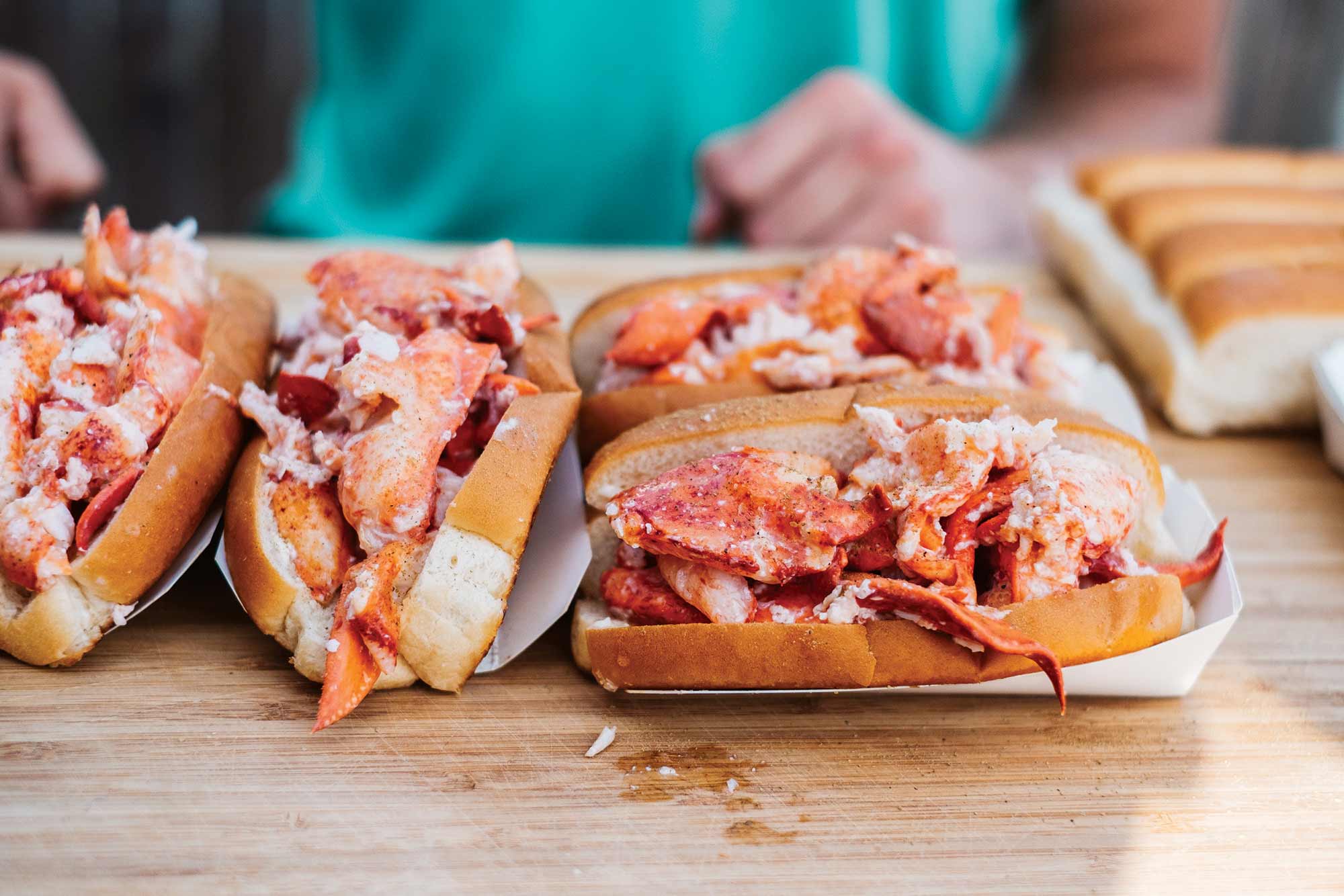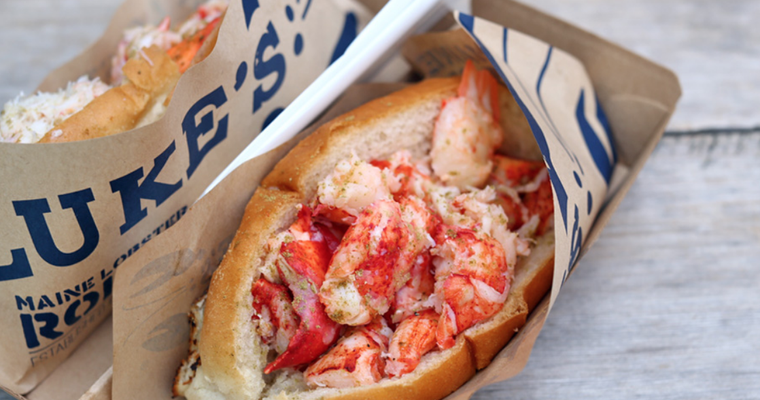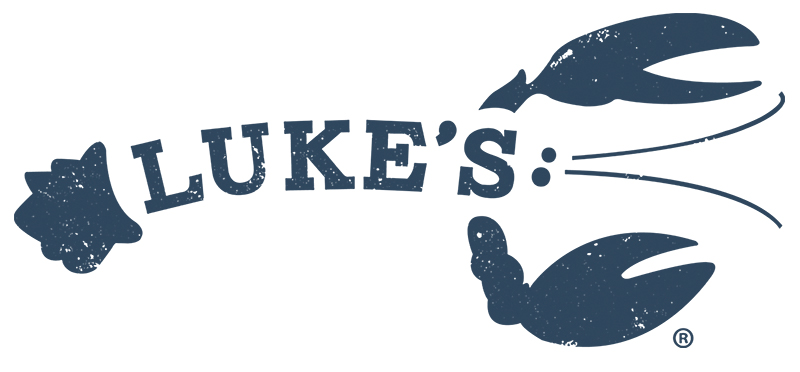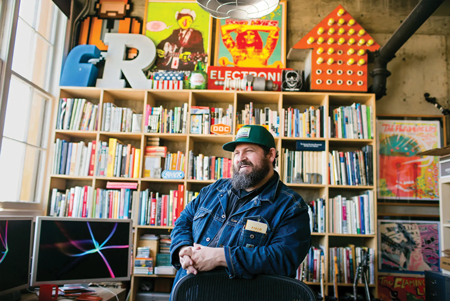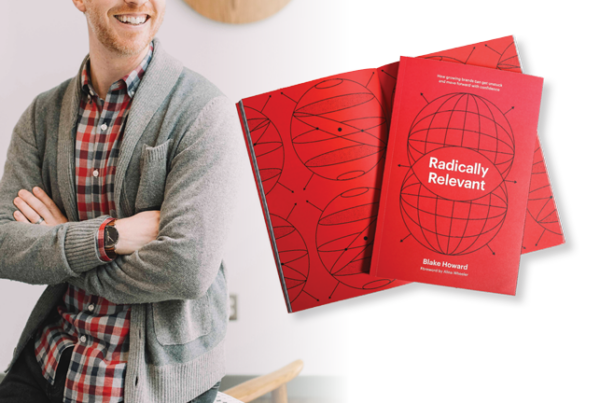I f the home page experience doesn’t make it clear what the company is all about, the “About Us” page of the website does, explaining how the first Luke’s Lobster opened its doors in a tiny, 225-square-foot location in New York City’s East Village in 2009 and now “delivers traceable, sustainable seafood to guests across the country.”
Luke’s began like many great entrepreneurial stories do—with people who felt unfulfilled in their current jobs and motivated to invest their time in a passion project. Those people, Maine native Luke Holden and his friend Ben Conniff, were just 25 and 24 years old, respectively, in 2009. Holden, who was making $150,000 per year as a financial analyst, and Conniff, a freelance food writer, gave themselves two months to open that first New York City lobster shack.
The idea came to Holden when he went searching online for a slice of home (a Maine lobster roll) in the summer of 2009 and found nothing of quality at an affordable price. He called his dad, a Maine lobsterman, and asked him to be an investor. Dad threw in a little cash and they were off and running with a grand total of about $45,000.
The early days
The early days weren’t easy, but they were rewarding. Most importantly, customers kept coming back to that first New York location. So many, in fact, that they opened a second New York City lobster shack in 2010 and grew from there. With demand on the rise at Luke’s lobster shacks, they founded Luke’s Lobster Seafood Company in 2012, allowing them to ship seafood straight to your door.
Today, there are Luke’s Lobster shacks all over the northeastern United States, from Maine to Maryland, as well as in Miami, Chicago, Las Vegas, and San Francisco. They also have a licensing deal for seven locations in Japan and a traveling food truck, and they sell lobster tails to Whole Foods. The cofounders are still very much involved in the business. Holden is the CEO, while Conniff is the CMO.
The two entrepreneurs offer up plenty of commentary to anyone willing to listen or read about the importance of seeking out and listening to advice from others. When it comes to brand storytelling, they have clearly done their homework as well. The Luke’s Lobster website is a living embodiment of their beliefs, products, and people.
A Brand Purpose
As a brand study, the “About” section of the website is the highlight. The company purpose, their sustainability mission, recipes—it’s all right there. The photography captures the spectacular Maine coastal towns where you can imagine your lobster being brought to shore by a father and his son or daughter. On the “About Us” page is a video called “Know Your Seafood,” which explains everything you could ever want to know about Luke’s in 3 minutes and 47 seconds. It’s brilliantly done, with appearances by their fisherman, the founders, customers, shack managers, and employees.
People-First
It’s also evident that the two young entrepreneurs have managed to cultivate a people-first culture. The website has a “Meet the Crew” page, with photos and bios of many of their employees—including the general manager and assistant general manager of every one of their Luke’s Lobster shacks—like a professional sports team might do with its players. And they are listed alphabetically, not in order of title or importance.
Transparency in Sourcing
In each Luke’s location, the name of the location where that day’s lobster came from is written on a chalkboard, contributing to their company transparency and, you’d have to assume, serving as a solid marketing tool for customers who want lunch to taste like they are in Tenants Harbor, Maine, instead of, say, Brooklyn. The more than 150 fishermen that Luke’s Lobster works with are people they know personally and trust. On their website, “Skimming the Surface” explains the legalities and practices that govern fishing for the lobster, crab, shrimp, and clams that Luke’s sells, supporting their commitment to serve 100 percent traceable, sustainable seafood. Noteworthy: Luke’s is both MSC-certified sustainable (Marine Stewardship Council) and SQF Level 3 food safety certified, and they are the only company that holds both certifications in North America.
Transparency Online
The company’s transparency extends even to the “Recipes” section of the website, where visitors who want to try their hand in their own kitchen will find endless culinary ideas, including what goes into a Luke’s lobster roll. The blog tells stories related to the industry and the people who make it go, with posts such as “Susan Tobey White and the ‘Lobstering Women of Maine’” and “Sustainable Seafood: How Maine’s Lobster Fishery Ensures Its Sustainability.” It does a great job letting visitors inside the industry and makes it clear that the people at Luke’s Lobster love what they do—making them outstanding brand ambassadors.
Off the water, Luke’s has created a charitable collaboration called the Keeper Fund, through which the company teams up with its “partners on the ground to do good work” in coastal communities. Operated in partnership with the Ocean Foundation, Luke’s Keeper Fund accepts applications each year and funds projects through a mini grant with a mandate to “keep coastal waterways healthy and strengthen economic opportunities for fishing communities.”
Doing business the right way
Doing business the right way has attracted some powerful earned media, too. Luke’s Lobster has been featured in Forbes, the Wall Street Journal, Inc.com, the New York Times, and Good Morning America, to name a few—and now in Beyond Print! On social media, the efforts of Luke’s Lobster to tell a complete brand story shine through as well. On their Instagram account, @lukeslobster, the company’s 85,000+ followers have their taste buds targeted with beautiful photography of lobster boats, images of the lobster shacks, and close-ups of delectable-looking artisanal seafood plates. Often the posts are personal and serve to enhance the company’s credibility, such as the photos of Allie, General Manager of Luke’s Lobster in Portland, hauling lobster pots aboard the F/V Wild Irish Rose on her day off. They also don’t forget the basics, with saved Instagram Stories on their locations, recipes, products, purpose, people, and process.
On Facebook, the story remains the same and, smartly, the content isn’t always their own. Luke’s posts links to articles that feature the company and to podcasts on which the company’s cofounders have made appearances. They’ve also accumulated many positive reviews; you could easily see yourself searching for a place to eat, landing on the Luke’s Lobster Facebook Page, and quickly digesting the experiences from customers just like you.
A clean, brand- and beliefs-informative website, consistent social media, a charitable foundation, and a company culture built on a purpose that includes giving back to the communities its product comes from—in the lobstering world, they call that a keeper.



